Top 17 Myths Surrounding America’s National Parks
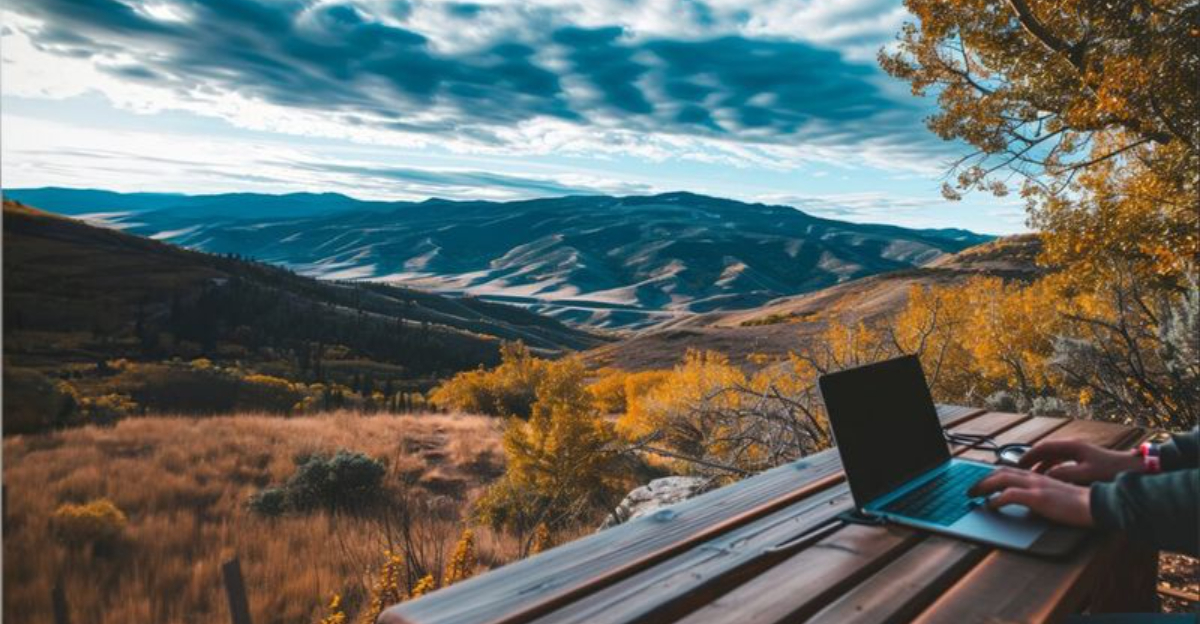
National parks are some of America’s most awe-inspiring destinations, but they also come with more than their fair share of myths. Some travelers imagine all parks are alike, or that they’re just giant selfie backdrops with gift shops and snack bars nearby.
Others think a quick drive-through is enough to “see it all.” Sound familiar? In truth, each park has its own personality, challenges, and secrets—and knowing what to expect can make the difference between a frustrating trip and a life-changing adventure.
Let’s clear up some of the biggest misconceptions so your next national park visit is smarter, safer, and way more memorable.
1. Parks Are Always Free
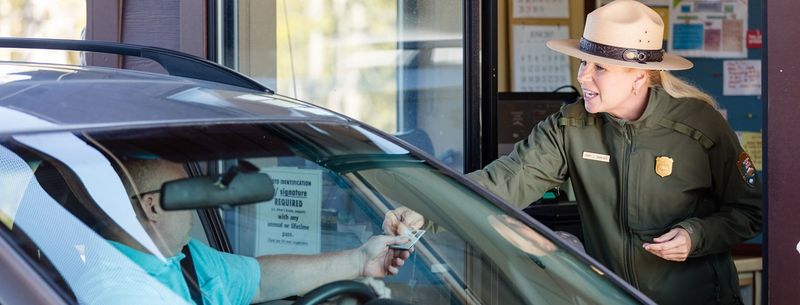
Many visitors arrive at park entrances shocked to find fee stations waiting. Most national parks actually charge entrance fees ranging from $20 to $35 per vehicle. These fees help maintain trails, visitor centers, and conservation efforts.
The good news? There are several fee-free days throughout the year when everyone can enter without paying. If you’re a frequent visitor, consider the America the Beautiful annual pass for $80, which covers entrance to all federal recreation sites.
Fourth graders and their families can also visit for free through the Every Kid Outdoors program, and lifetime senior passes are available for citizens over 62.
2. Wildlife Is Always Safe
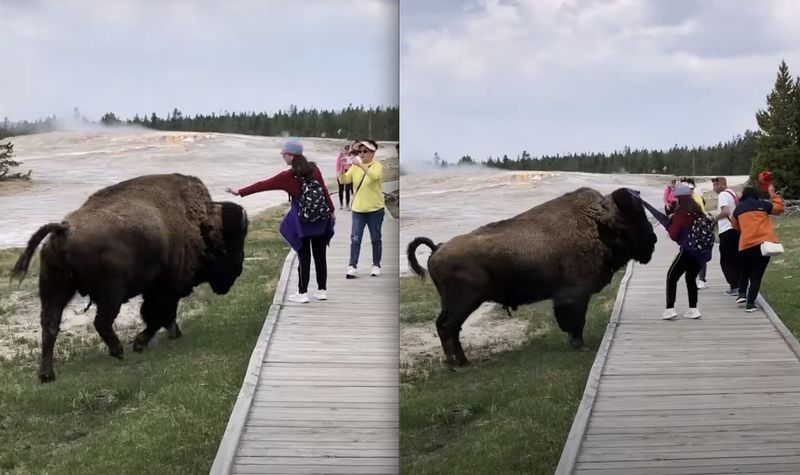
Bison may look like gentle giants, but they can charge at 35 mph when threatened! Every year, multiple park visitors are injured because they underestimated wild animals and approached too closely.
Wild animals are unpredictable, even species that seem docile. Bears, moose, elk, and even deer can become dangerous if they feel threatened or if protecting their young. Park regulations typically require staying at least 100 feet from most wildlife and 300 feet from predators like bears and wolves.
Remember, these aren’t zoo animals – they’re wild creatures in their natural habitat who view humans as potential threats.
3. Summer Is The Best Time
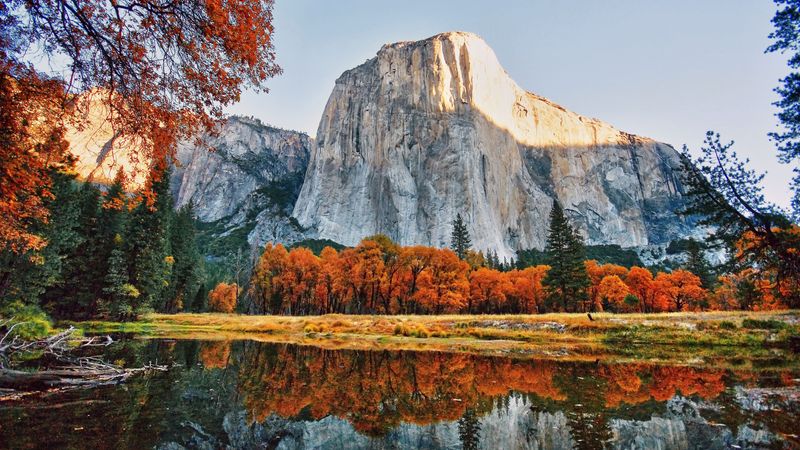
Summer brings crowds that can turn peaceful wilderness into something resembling a shopping mall during a holiday sale. Popular spots like Yosemite Valley or Zion’s main canyon become congested with hour-long shuttle waits and limited parking.
Fall offers spectacular foliage and cooler hiking temperatures without summer crowds. Winter transforms landscapes into serene wonderlands perfect for snowshoeing or cross-country skiing. Spring brings wildflower blooms and rushing waterfalls at their peak.
Each season offers unique experiences – summer’s accessibility comes with crowds, while off-seasons reward visitors with solitude and distinctive natural phenomena.
4. You Can Camp Anywhere
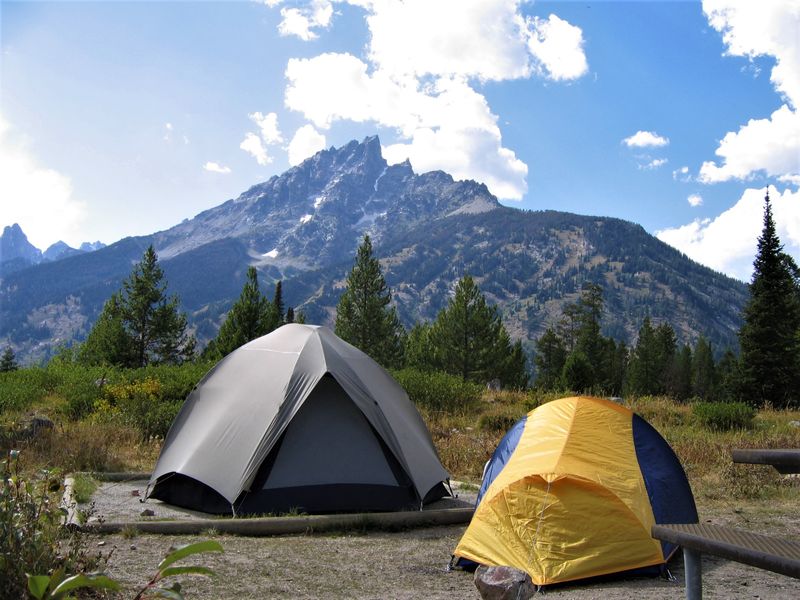
Pitching your tent wherever you please might seem like true wilderness freedom, but it’s actually against regulations in most national parks. Designated campgrounds and specific backcountry sites are typically the only legal camping options.
Backcountry camping usually requires permits that often sell out months in advance for popular parks like Yosemite or Grand Teton. These restrictions help protect fragile ecosystems from overuse and prevent wildlife habituation.
If you’re dreaming of that perfect lakeside campsite, research permit requirements well ahead of time – sometimes up to six months before your trip – or you might find yourself making last-minute hotel reservations instead.
5. Pets Are Always Allowed
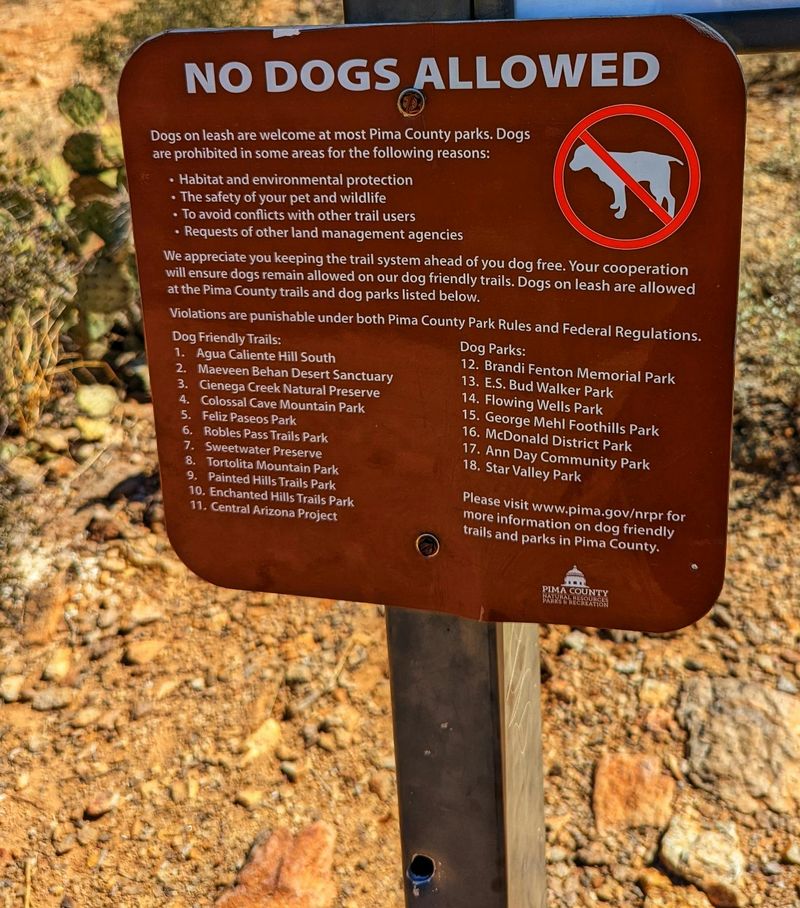
Your furry friend might be the perfect hiking companion at home, but most national parks severely restrict where pets can go. Typically, dogs are only allowed in developed areas like campgrounds, picnic areas, and paved roads – not on trails or in wilderness areas.
This limitation protects wildlife from disturbance and disease transmission. Even leashed dogs can trigger defensive reactions from bears or other wildlife, creating dangerous situations for everyone involved.
If traveling with pets is non-negotiable, consider national forests or BLM lands instead, which generally have more pet-friendly policies. Always check specific park regulations before planning your trip with Fido.
6. It’s Just Hiking Trails
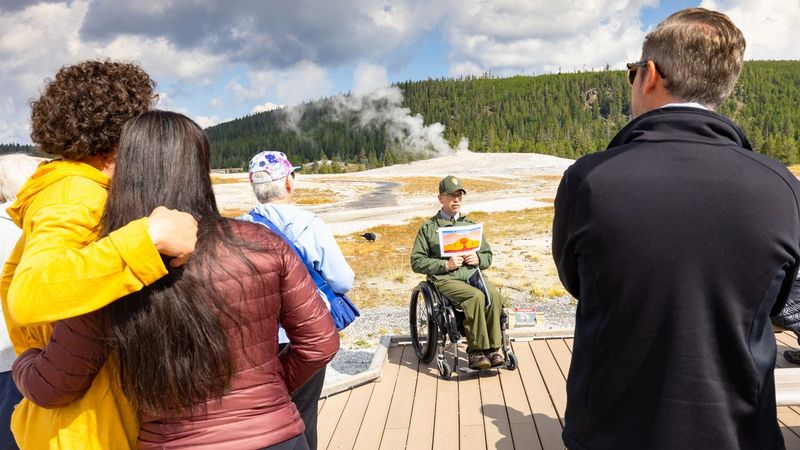
Hiking represents just a fraction of what national parks offer! From ranger-led stargazing programs to historic architecture tours, cultural demonstrations to wildlife photography workshops, the activities extend far beyond trails.
Water enthusiasts can enjoy kayaking, rafting, or fishing in many parks. History buffs might explore ancient cliff dwellings at Mesa Verde or Civil War battlefields at Gettysburg. Some parks offer horseback riding, rock climbing, or even scuba diving opportunities.
Visitor centers typically provide daily schedules of ranger programs, many free with admission. These include junior ranger activities for kids, geology talks, and evening campfire programs that reveal fascinating park stories.
7. All Parks Are Crowded
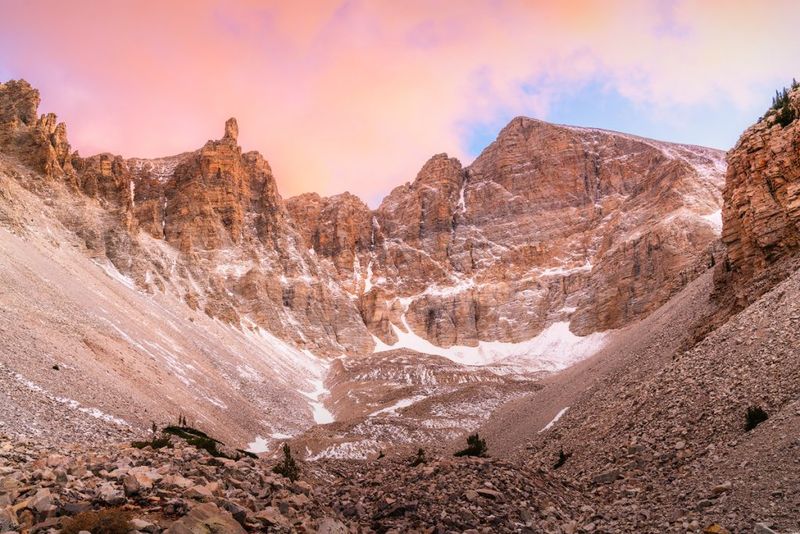
While Yosemite Valley might resemble downtown Manhattan during summer weekends, many spectacular parks see just a fraction of the visitors. Places like Great Basin in Nevada, North Cascades in Washington, or Isle Royale in Michigan offer solitude even during peak season.
Even in popular parks, venturing just one mile beyond developed areas typically leaves crowds behind. Statistics show that over 80% of visitors never travel more than a quarter-mile from their vehicles.
Timing matters too – arriving at popular spots before 8am or after 4pm transforms the experience completely. Weekdays naturally see fewer visitors than weekends, and a rainy forecast often scares away fair-weather tourists while creating magical misty landscapes.
8. Cell Service Is Guaranteed
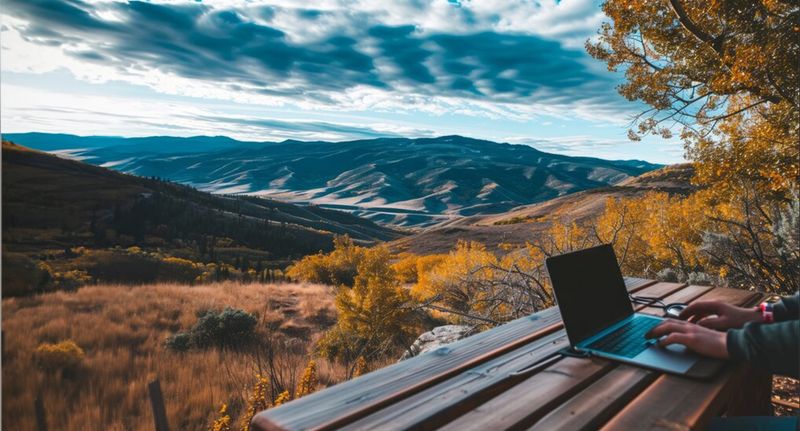
Expecting to post real-time Instagram stories from the backcountry? Think again! Most national parks have limited or no cell service beyond visitor centers and developed areas. Mountain terrain and remote locations create natural dead zones.
This digital disconnect is actually part of the appeal for many visitors seeking to escape constant connectivity. Smart travelers download offline maps, bring physical guidebooks, and tell someone their itinerary before heading into signal-free areas.
Some parks like Yellowstone have installed limited WiFi at lodges, but it’s typically slow and unreliable. Plan to unplug during your visit – your mental health might thank you for the digital detox!
9. Rangers Are Always Nearby
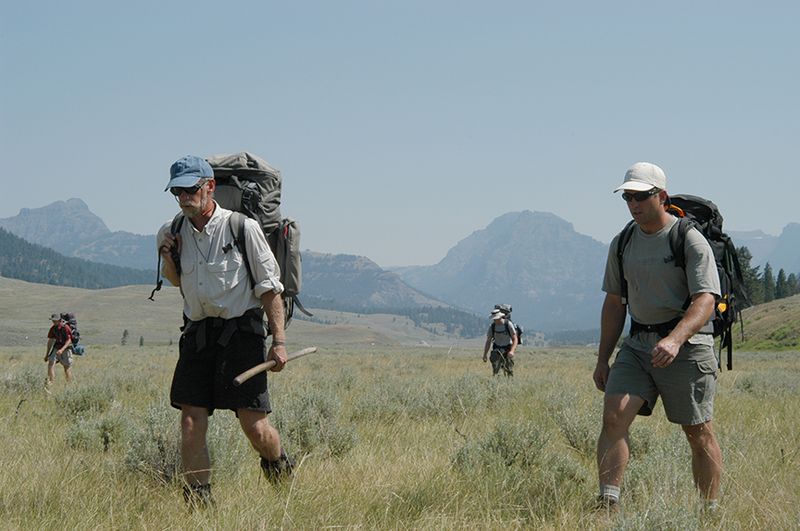
Movies might portray rangers appearing magically whenever trouble strikes, but reality differs dramatically. Most parks employ surprisingly few rangers to cover vast territories – Yellowstone’s 2.2 million acres are monitored by just dozens of rangers during peak season.
Many backcountry areas might see ranger patrols only weekly or monthly. Self-reliance is essential when exploring remote sections, including carrying navigation tools, first aid supplies, and emergency communication devices like satellite messengers.
Visitor centers and developed areas do have regular ranger presence, but help could be hours away if you encounter trouble on distant trails. Taking a wilderness first aid course before your trip provides valuable skills for handling emergencies independently.
10. You Need Days To Explore
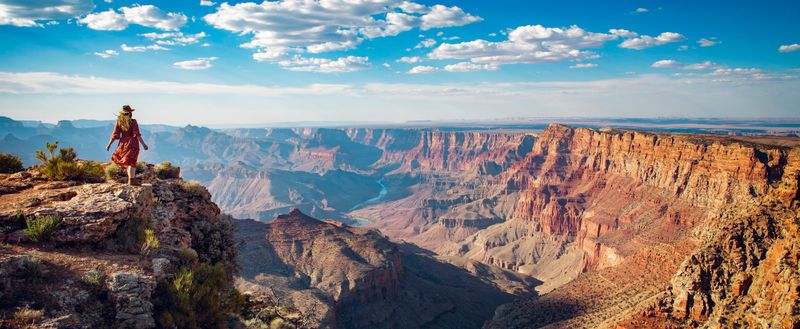
Short on time? Don’t skip the parks! While full exploration takes weeks, many parks offer spectacular experiences even during brief visits. Scenic drives with strategic stops can provide remarkable memories in just hours.
Grand Canyon’s South Rim highlights can be experienced in half a day. Yosemite’s Tunnel View, Glacier Point, and Yosemite Falls are accessible via a single day’s driving loop. Even Yellowstone’s major geysers and wildlife viewing areas can be condensed into a well-planned day trip.
Prioritizing is key – visitor centers provide ranger recommendations for time-limited visits. While longer stays allow deeper connection, don’t let limited vacation days prevent you from experiencing America’s natural wonders.
11. Nature Isn’t Dangerous
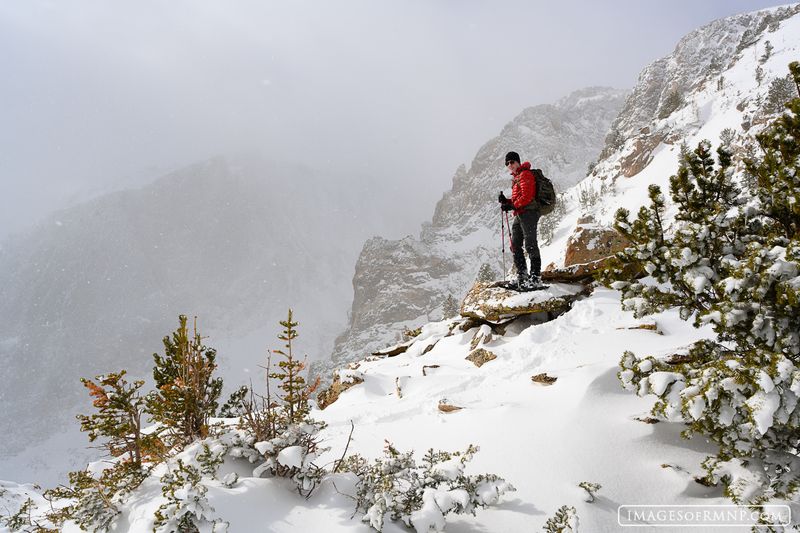
Weather in mountain environments can change dramatically within minutes. Sunny mornings can transform into life-threatening afternoon thunderstorms with lightning, hail, and flash floods. Temperature swings of 40 degrees in a single day aren’t uncommon in desert parks.
Beyond weather, terrain hazards abound – unstable cliffs, swift rivers, and deceptively deep snowfields claim lives annually. Exposure and dehydration remain leading causes of visitor emergencies, even on seemingly easy trails.
Checking weather forecasts before heading out, carrying appropriate gear, and turning around when conditions deteriorate can prevent most tragedies. Respecting nature means acknowledging its power and preparing accordingly rather than underestimating potential dangers.
12. Parks Close In Winter
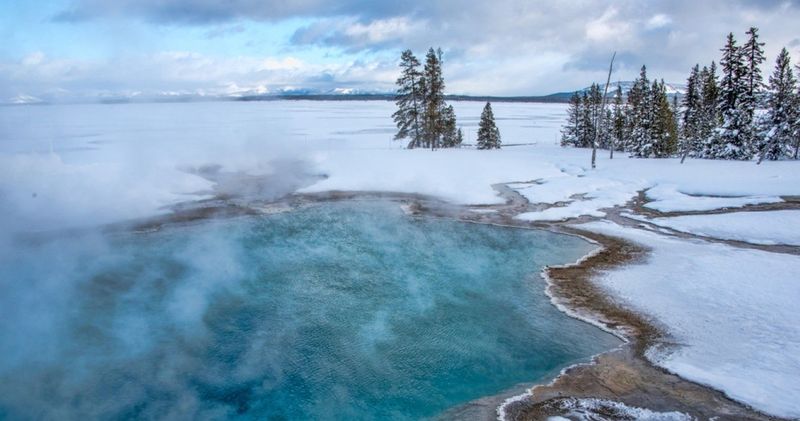
Winter transforms many parks into magical wonderlands most visitors never experience! While some facilities close seasonally, most parks remain open year-round with adjusted operations and unique activities.
Yellowstone offers snowcoach tours to witness steaming geysers surrounded by snow-draped landscapes. Yosemite’s Glacier Point Road becomes a stunning cross-country ski trail. Bryce Canyon’s red rock formations look spectacular dusted with fresh snow against blue skies.
Winter visitors enjoy dramatically reduced crowds, special wildlife viewing opportunities as animals become more visible against snow, and photography opportunities impossible during other seasons. Just check official websites for winter access information, as some roads close while others require snow chains or four-wheel drive.
13. All Trails Are Well-Marked
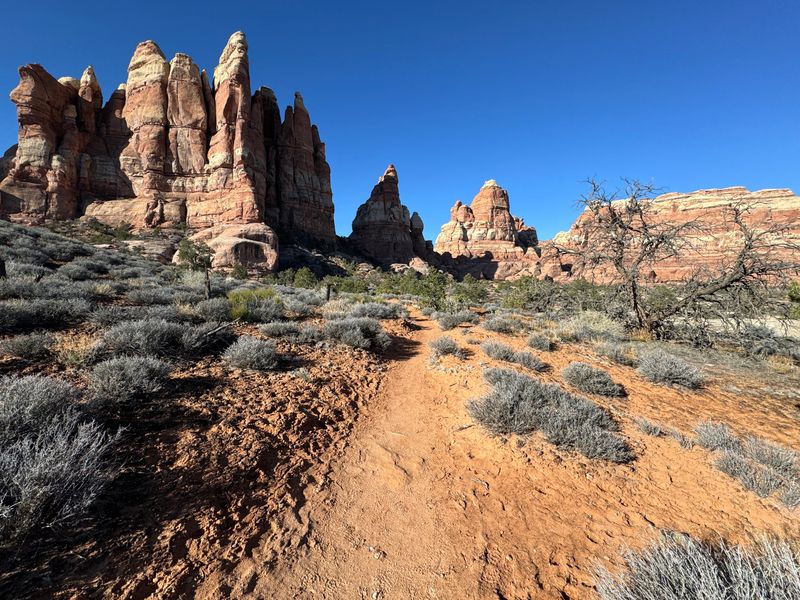
Even popular parks contain trails ranging from highway-like paths to barely discernible routes. Backcountry paths often have minimal markings, relying on cairns (rock piles) or occasional blazes that can be difficult to spot, especially in poor weather.
Navigation skills remain essential for venturing beyond developed areas. Carrying physical maps and knowing how to use them with a compass provides backup when GPS devices fail. Desert and alpine environments present particular challenges as trails cross slickrock or snow where footpaths disappear entirely.
Before tackling less-traveled routes, honestly assess your navigation abilities. Many search-and-rescue operations involve hikers who overestimated trail visibility or relied solely on electronic devices that malfunctioned at critical moments.
14. You Can Feed The Animals
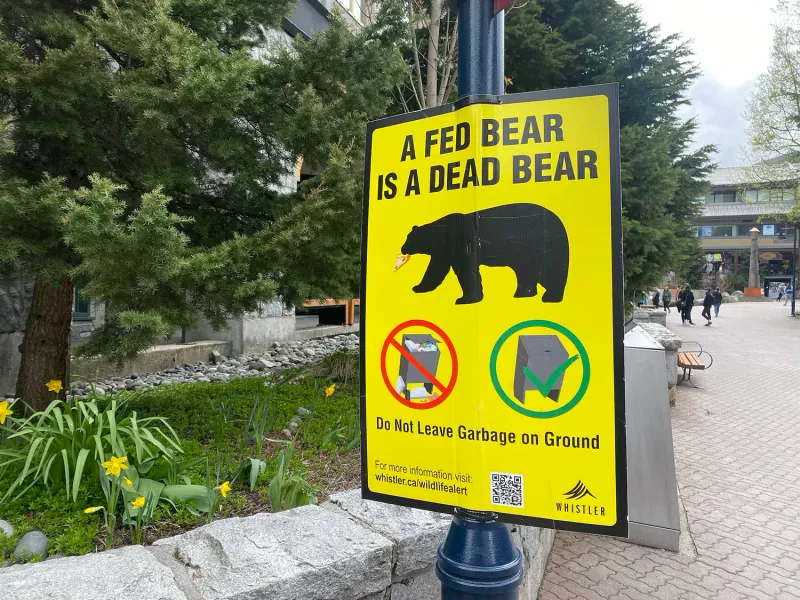
“A fed bear is a dead bear” isn’t just a catchy slogan – it’s the harsh reality when wildlife becomes habituated to human food. Animals that associate people with food often become aggressive and eventually must be euthanized for visitor safety.
Even seemingly harmless feeding disrupts natural behaviors and diets. Squirrels and birds fed human snacks develop nutritional problems and lose natural foraging skills. Food-seeking animals also damage property and vehicles searching for meals.
Proper food storage remains critical even when not deliberately feeding wildlife. Using designated food lockers, bear canisters, or hanging food properly prevents accidental feeding that’s equally harmful to wildlife populations and just as illegal as intentional feeding.
15. RVs Fit Everywhere
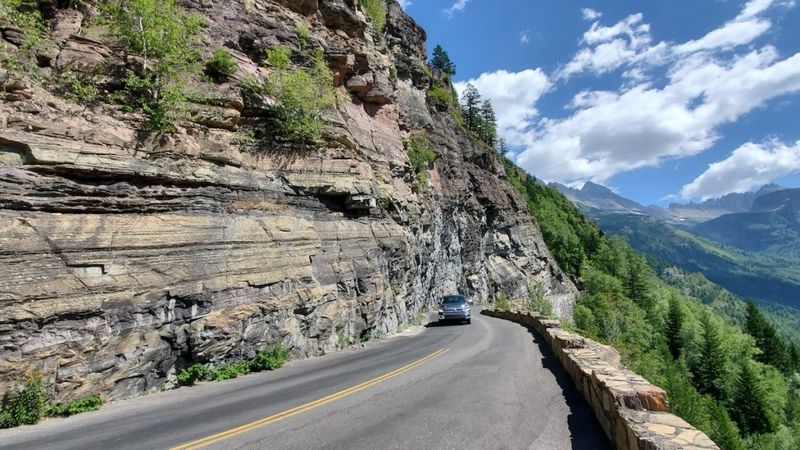
Driving a 35-foot motorhome through Going-to-the-Sun Road in Glacier National Park? Not happening! Many scenic park roads have strict vehicle length limits, tight switchbacks, or tunnels with height restrictions that exclude larger RVs and trailers.
Even when physically possible, parking presents major challenges. Many popular viewpoints and trailheads have limited spaces designed for standard vehicles, not recreational giants. Some campgrounds accommodate only tents and small campers, especially in older parks developed before modern RVs existed.
Research specific park restrictions before arrival – each has different limitations. Many visitors with larger rigs stay at private campgrounds outside park boundaries and use smaller vehicles or shuttles for daily exploration.
16. First Come, First Served
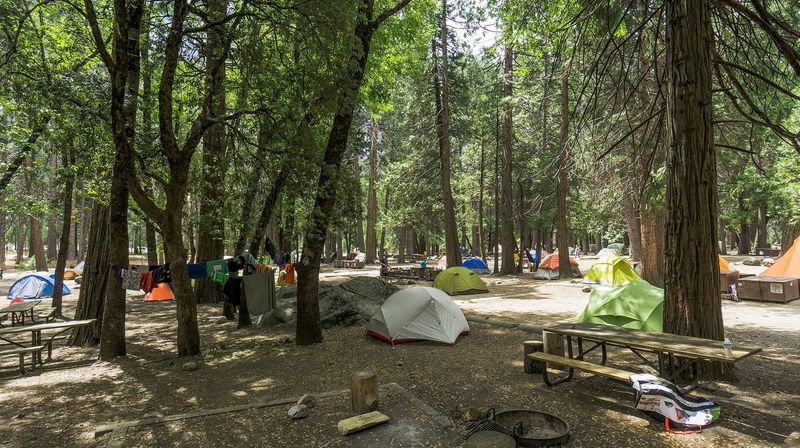
Spontaneous national park trips worked decades ago, but today’s reality requires advance planning. Many popular campgrounds fill within minutes when reservation windows open 6 months ahead. Half Dome permits in Yosemite and backcountry sites in Grand Canyon are similarly competitive.
Even day-use reservations have become necessary at crowded parks like Yosemite, Rocky Mountain, and Glacier during peak seasons. These timed-entry systems prevent gridlock but require securing spots weeks or months in advance.
Limited first-come, first-served opportunities still exist, particularly in less-visited parks or during shoulder seasons. For these, arriving extremely early (often before 7am) and having backup plans remains essential. The days of simply showing up and finding space are largely gone.
17. It’s Only For Nature Lovers
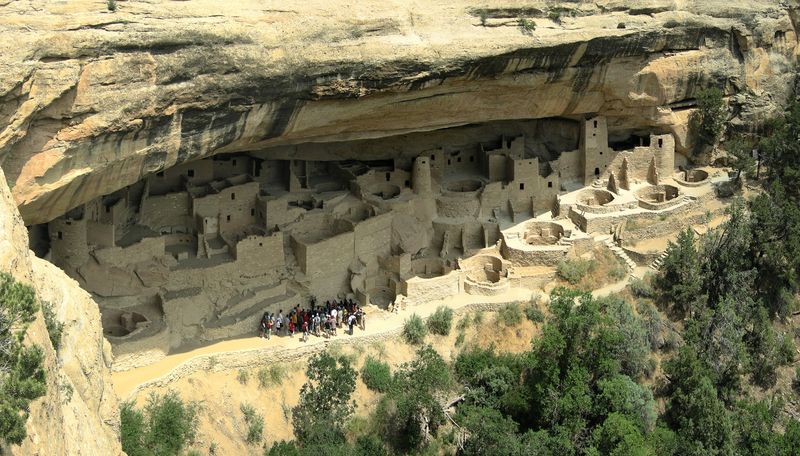
History buffs might be surprised to discover that many national parks preserve crucial historical and cultural sites alongside natural wonders. Mesa Verde protects ancient Puebloan cliff dwellings dating back 700 years. Chaco Culture National Historical Park contains remarkable prehistoric architectural achievements.
Art enthusiasts can explore Thomas Cole’s landscapes that helped establish the Hudson River School at sites now within national parks. Music fans might enjoy folk heritage celebrations in Great Smoky Mountains or jazz history in New Orleans Jazz National Historical Park.
Military history, presidential homes, and civil rights landmarks all fall under the National Park Service umbrella. With 423 sites in the system, there’s something for virtually every interest beyond traditional nature appreciation.
